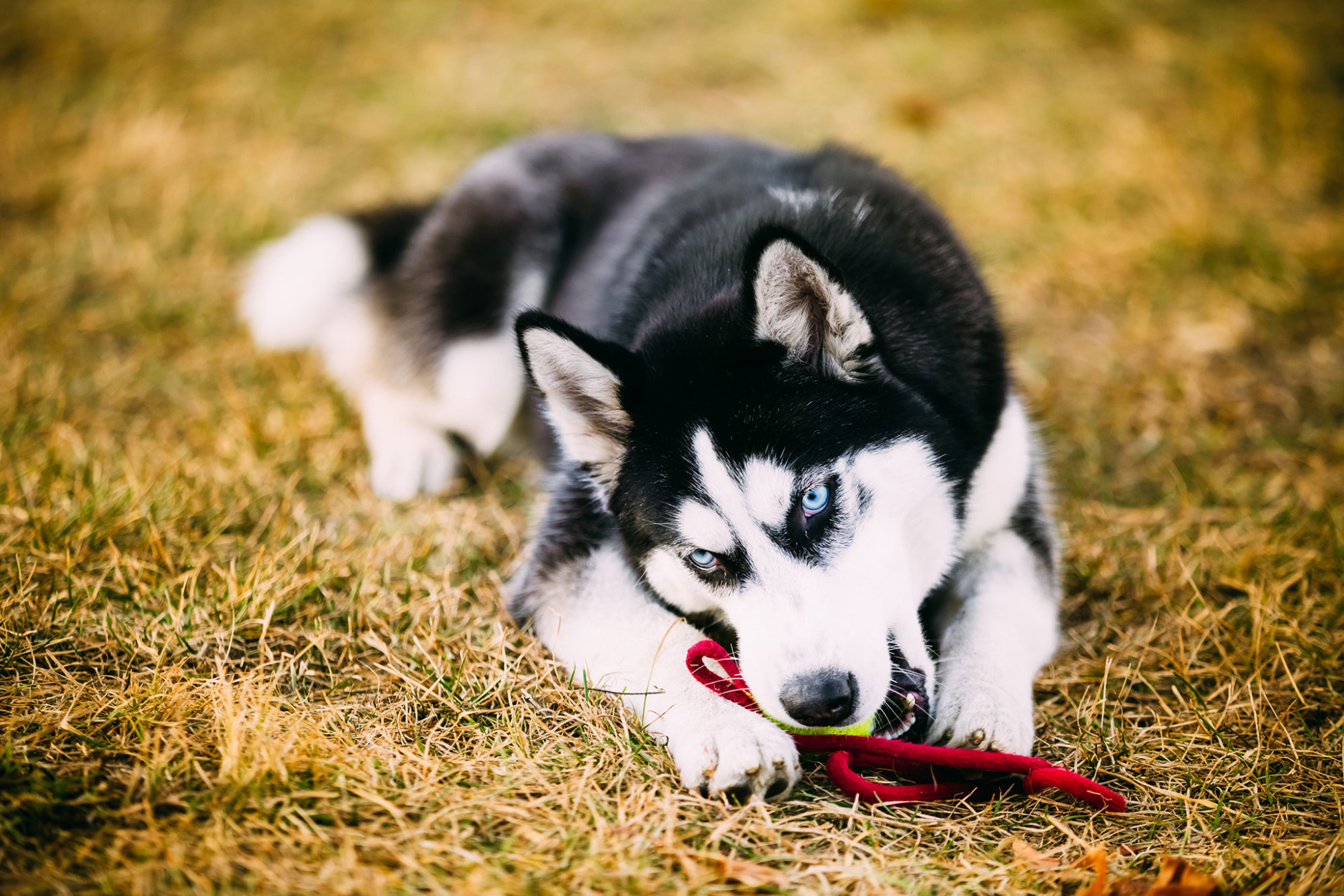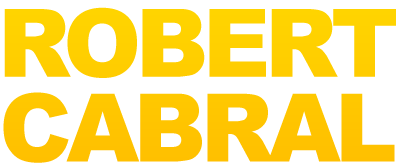Hi Alfred, The ball as a tug may likely be the issue. Use the ball as a reward or lure and not as a tug. Use a tug, or rolled towel as the tug. These are 2 distinct types of interaction with your dog. Sure, you can tug a little on the ball when the dog brings it back to you for fun but not as your biting training tool.
1.) Focus the bite: Holding the ends of the tug you are able to maneuver the tug to get the dog to center on the tug and bite. You are looking for a solid bite – no nibbling, bite and hold. Once on the bite, play a little and then release. Caution; if still teething, a towel is not a good choice as it more easily can snag a tooth – a tug is best to avoid this. As the bite strengthens and the nibbling disappears, you can then move your hands closer together on the tug to make the target area smaller. If you get incidentally bit, your hands are too close together (you may want to wear gloves at first but once you have the bite developed, you won’t need them). Adjust and continue. Your arms will no longer be of interest.
2.) Once you have a solid bite and tug, you increase the dog’s drive and ultimately the intensity and hold on the bite by interjecting misses. (Robert’s videos on this are excellent and demonstrative of what you do to assist the dog especially in the beginning). Your goal is that with time and practice there will be one bite and it will be a good one so there is no redirecting to the arm.
3.) The tug is never left with the dog to “play with.” This contributes to the value of the tug in that the only way the dog interacts with the tug is with you. It is a good idea to intersperse letting the dog trot around with the tug as a reward, but it must be brought back to you ultimately. You will know what I mean when you see it – your dog will be so proud and literally trot around and show off what he got/has/did/accomplished. While on parade – verbal praise will make it a grand slam event!
4.) Use the balls as rewards and lures as needed. They work great but because of the pendular motion of the ball its harder to get a bite developed. Once you have developed the bite, you will see a transfer of that skill to the ball, but not in the beginning.
Hope something here helps you get a focused bite – if you haven’t yet, you will find Robert’s videos terrific on the tug as an interactive tool and shows you how to use body positioning to help the dog through the actual bite when in motion. Happy Training!


